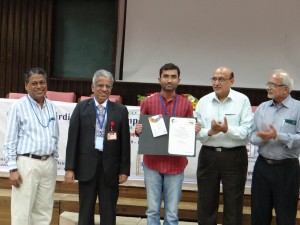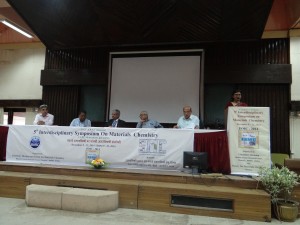The 2nd Workshop on Shape-Responsive Fluorophores will be held at the Telluride Intermediate School in Colorado, USA on June 23 – 27th 2015.

The workshop will focus on the phenomenology, origin, and the practical application of shape-selective fluorophores, and will include a wide variety of both theorists and experimenters working actively on these systems. We expect that the Telluride meeting will bring together the scientists, both academic and industrial, from all over the world.
Several topics will be explicitly discussed: an aggregation-induced emission phenomenon in a wide range of organic fluorophores; the fluorescent rotors; mechanofluorescence; encapsulation of fluorescent probes in small hosts; and the development of turn-on fluorescent ligands for proteins and DNA/RNA.
The Early Bird (discounted) registration deadline is 15 January 2015. For more information, the Workshop website is available here.
Also of interest
We are delighted to announce that Journal of Materials Chemistry C is planning to produce a themed issue on the topic of Shape-Responsive Fluorophores in early 2016. Please e-mail the Editorial Office at materialsc-rsc@rsc.org if you are interested in contributing an article. The Guest Editors for this issue are the Telluride meeting organisers Dr Kyril Solntsev (Georgia Institute of Technology) and Professor Ben Zhong Tang (The Hong Kong University of Science and Technology).
This themed issue will have a broad, inclusive scope and will cover all the aspects of the recent exciting progress in shape-responsive fluorophores, including the synthesis, characterisation, and applications of molecules and functional materials; within the scope of Journal of Materials Chemistry C (materials for optical, magnetic and eletronic devices).
The submission deadline for this themed issue is 1 September 2015.
Manuscripts can be submitted using the Journal online article submission service. Please clearly state that the manuscript is submitted in response to the call for papers for the themed issue on Shape-Responsive Fluorophores.
Comments Off on 2nd Workshop on Shape-Responsive Fluorophores


















